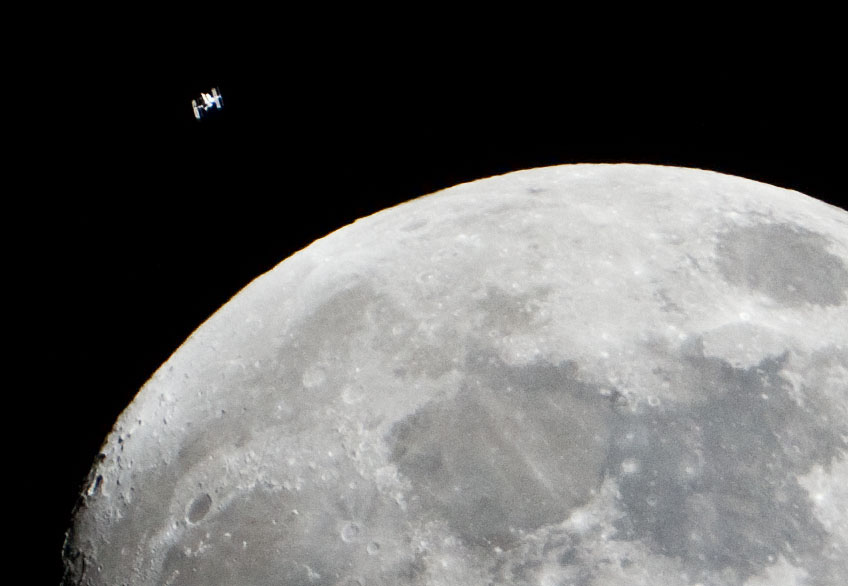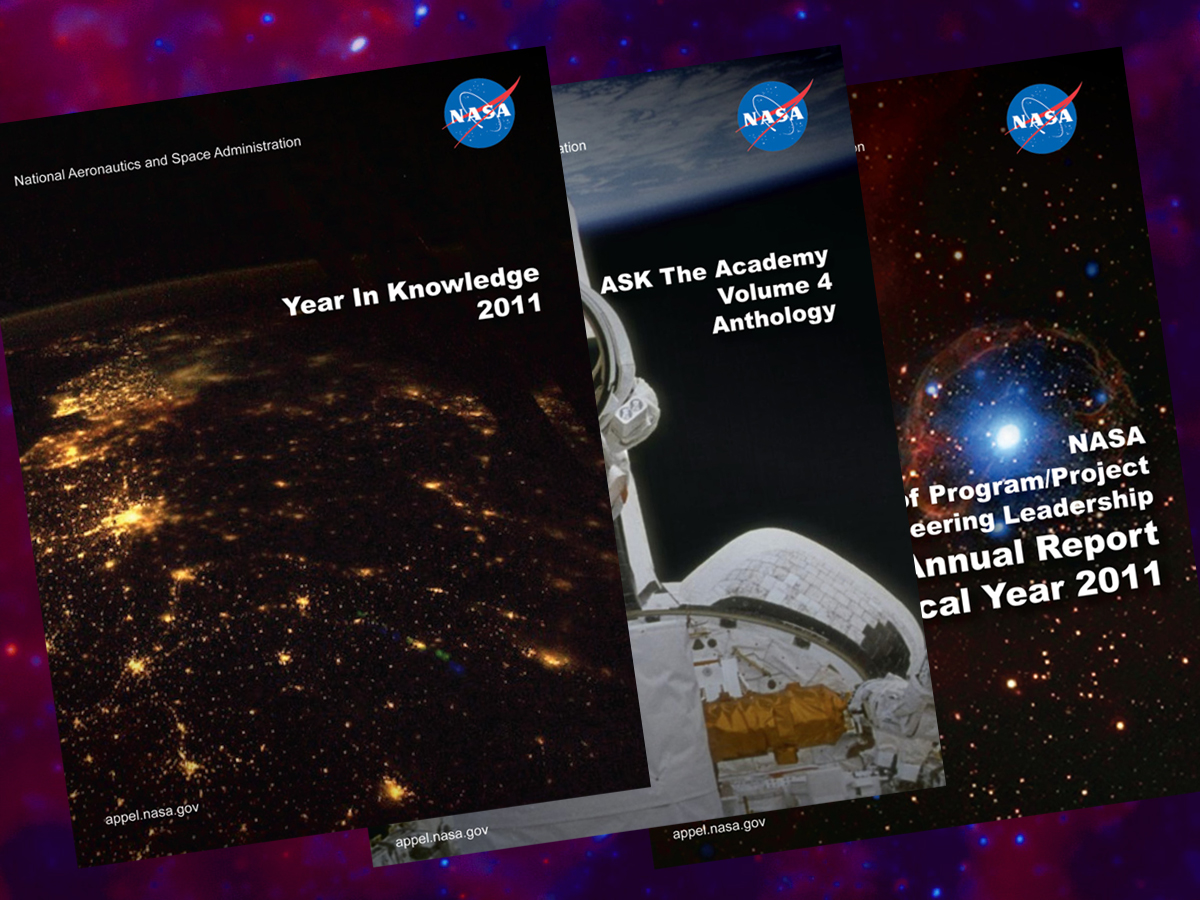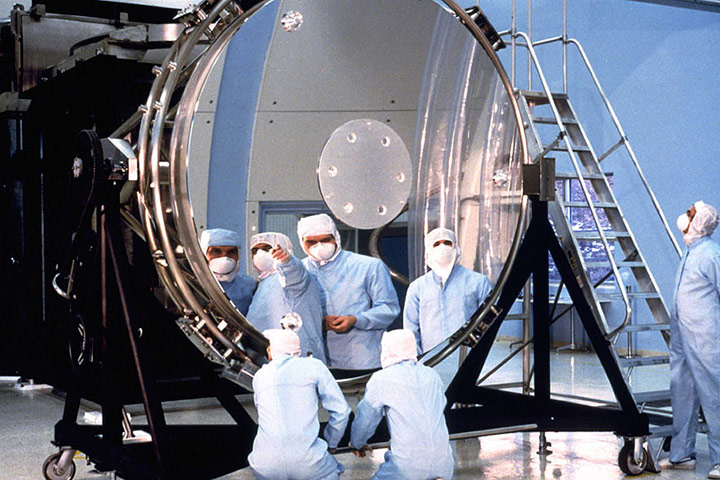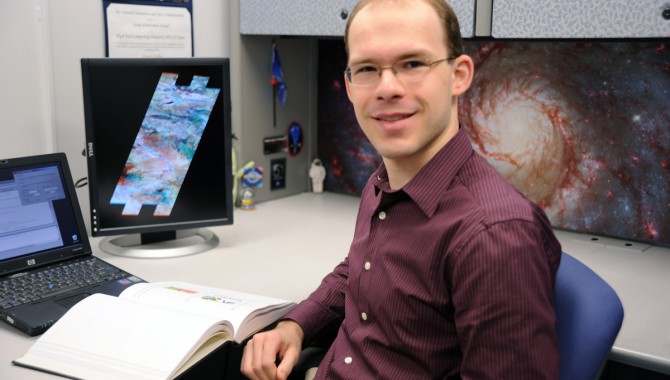
Kevin Fisher, software systems engineer at Goddard Space Flight Center. Photo Credit: NASA Goddard Space Flight Center/Debbie McCallum
January 26, 2012: Volume 5, Issue 1
Kevin Fisher made his entrance into systems engineering as a freshman on a team of seniors.
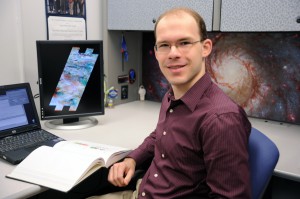
Kevin Fisher, software systems engineer at Goddard Space Flight Center.
Photo Credit: NASA Goddard Space Flight Center/Debbie McCallum
Kevin Fisher made his entrance into systems engineering as a freshman on a team of seniors.
Kevin Fisher was ready for a change. After three years of software engineering on various small research projects at Goddard Space Flight Center, he wanted to move into systems engineering. At a Goddard software engineering division picnic, he got his chance when he crossed paths with the head the of software systems engineering branch and expressed his interest.
“He looked at me with an expression that said, ‘Seriously? This young person actually wants to get into systems engineering?’” Fisher recalled from their conversation. “I looked back at him thinking, ‘He actually wants to give me a shot at this?’”
Fisher ended up in the Geostationary Operational and Environmental Satellite (GOES) Program, which launched its first satellite, GOES-A, in 1975. The current satellite, GOES-R, is set to launch in 2015. It is a collaborative effort between NASA and NOAA, with Lockheed Martin building the spacecraft and Harris Corporation building the ground system. “I wanted the opportunity to see a project from beginning to end,” said Fisher.
Now a two-year veteran on GOES-R, he has had the opportunity to shift his focus from technical work to learning about project management and systems engineering practices.
Freshman on a Team of Seniors
At age 27, Fisher is one of the youngest people in the GOES-R Ground Segment Project, if not on the entire program. “It’s like being on a football team that’s all seniors. Almost everyone here has worked on programs like this before. They know what works and what doesn’t. This is their year to go off and win a championship before they leave, and it’s all freshmen again,” he said.
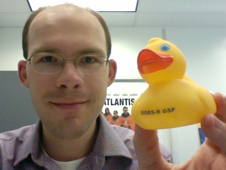
Kevin Fisher and his “duckie” award for the GOES_R Ground Segment Project. This project peer award is spontaneously given to team members for having their “ducks in a row.”
Photo Credit: Kevin Fisher
Fisher recognizes that a lot of important information and knowledge on a project lives in people’s heads and inboxes and not in official documentation. “I could read every document the Lunar Reconnaissance Orbiter team ever wrote, but those documents won’t talk about every little problem that cropped up or the alternatives the team considered and said ‘no’ to, or why they said ‘no.’”
He wants that knowledge before it walks out the door. “If I could go back as an intern, I would take an old expert out to lunch every single day for the ten weeks I was here and just let them talk,” said Fisher. What happens if you inadvertently hit the red emergency stop button on a satellite dish while working the graveyard shift on Christmas Eve? “I don’t need to be in that room on Christmas Eve at midnight, but now I have a sense for what it was like. I know the story.”
Seemingly Simple Systems Engineering
As the systems engineer for the GOES-R Antenna System, Fisher works under the guidance of Richard Reynolds, the chief staff engineer for the entire ground segment. He is struck by how Reynolds makes the job look easy. For instance, Fisher explained, a concern arose about potential signal distortion from atmospheric ionization on the polarized signals transmitted from the spacecraft to the ground antenna. The issue became more complex with discussion of electron rotations and cross-polarized signals – things Fisher made notes to look up later.
“[Reynolds] may not know as much as the antenna wonks do about this specific topic, but he’s been on the project long enough to know that this sort of thing flares up during solar cycles, which are every eleven years. He’s worked through several cycles and knows how bad the ionization can get,” he said. “This experience helps him make decisions about whether to get another technician to help or if the problem is even worth analyzing.” Fisher realizes his knowledge base is still growing. “I know that I’m learning a lot of the concepts. I just don’t have the depth that they do just yet.”
Under the Hood
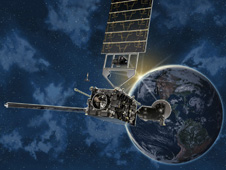
GOES-R Satellite.
Image Credit: Lockheed Martin
The Apollo Guidance Computer was limited to 13,000-36,000 words of storage lines. Orion has one million lines of high-level code. Fisher’s generation of engineers live in a new project world. Software is everywhere and poses risks that haven’t been fully grasped yet.
In “Is Software Broken?” (Issue 34 of ASK Magazine), Steve Jolly, Lockheed Martin chief systems engineer for GOES-R and former system design lead for the Mars Climate Orbiter, wrote:
The game has changed in developing space systems. Software and avionics have become the system…To be a successful system integrator, whether on something as huge as Orion and Constellation or as small as a student-developed mission, we must engineer and understand the details of these hardware-software interfaces, down to the circuit level or deeper…If one merely procures the C&DH [Command and Data Handling] and power components as black boxes and does not understand their design, their failure modes, their interaction with the physical spacecraft and its environment, and how software knits the whole story together, then software will inevitably be accused of causing overruns and schedule delays. And, as leaders, we will have missed our opportunity to learn from the past and ensure mission success.
Fisher sees software as the glue holding everything together. “You [combine] all of these devices from different companies and you slip software in as the interface to grab data off of one and plug it into another.” It can seemingly fix anything in a second, and then fail just as quickly.
“Systems are designed and integrated at steadily higher levels of abstraction,” said Fisher. The calculations for the first lunar spacecraft were performed with slide rules. Today, engineers use computer-aided design software that makes many fundamental calculations and assumptions for them. “You’re kind of building this scaffolding one layer at a time,” he said, stacking his hands on top of each other. “You start people at the [bottom] layer and have them build up. Then the bottom layers get neglected and start to decay.” The calculations for the first lunar spacecraft were performed with slide rules. Cars were built with four wheels because it was the most stable design in 1900. Today, Segways use sophisticated computers and sensors to balance on just two.
“You begin to take that layer of things for granted and no one is really digging back in and questioning it,” said Fisher. “We need people to do that. What if we had different blocks to build with? What would we do with a clean sheet of paper?”






